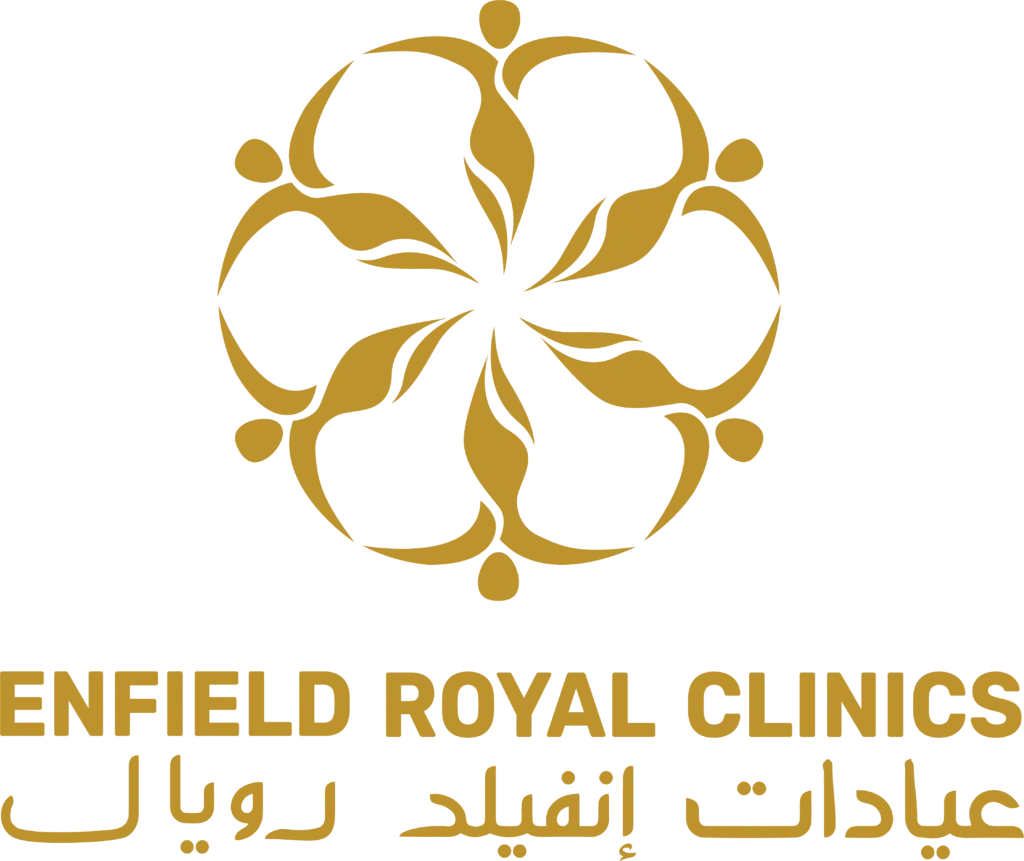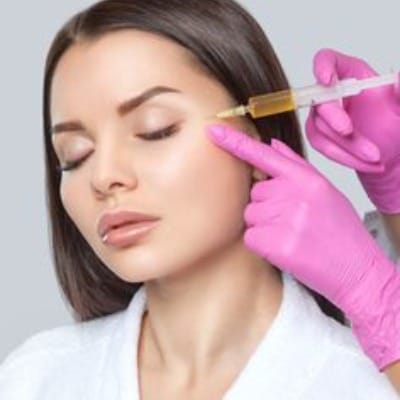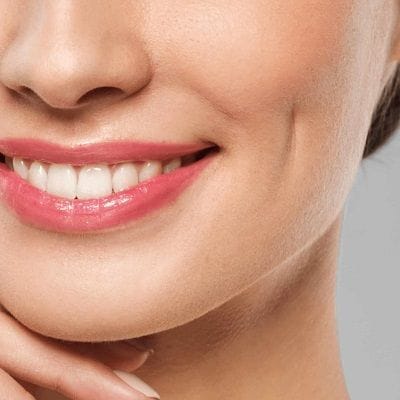Do you know about the stretch marks? Are you the one having stretch marks on any part of your body? Do you know which lines or streaks are called stretch marks? If not, read this blog to learn about stretch marks and how to completely remove stretch marks permanently.
What are the stretch marks?
White, red, purple, or pink lines that appear on the areas of the body where generally fat is stored by the body turn into stretch marks. Usually, stretch marks are connected with parts such as the belly, thighs, hips, backsides, chests, and upper arms. Firstly, these lines appear as red color, then gradually turn into purple or pink, and finally, these lines diminish to a silvery-white or grayish color. These stretch marks are not any health concerns; these are only beauty concerns, and people only want to remove them to maximize their body’s look.
Stretch marks are a common skin ailment that causes noticeable lines or streaks. These lines might vary in size, form, and color from the surrounding skin. Skin stretching or fast expansion breaks dermal collagen and elastin fibers, generating stretch marks. Pregnancy, fast weight gain or loss, puberty growth spurts, and medical disorders might cause this.
Causes of Stretch Marks
Rapid bodily changes that influence skin elasticity and collagen production can generate stretch marks, also known as striae. Common stretch mark causes:
- Stretch marks often result from pregnancy. The skin may stretch beyond customary boundaries as the tummy grows to accommodate the baby, causing stretch marks. Breasts and thighs might also get these marks during pregnancy.
- Stretch marks can develop from rapid weight gain or decrease. T commonly occurs with obesity or extreme dieting.
- As adolescents grow rapidly, they may develop stretch marks. It usually affects the thighs, buttocks, and breasts.
- Prolonged corticosteroid creams or oral drugs might impair skin suppleness and increase stretch marks.
- A family history of stretch marks may increase the risk.
- Marfan syndrome and Cushing’s syndrome can cause stretch marks.
- Bodybuilding and weightlifting can cause stretch marks as muscles expand and skin stretches.
- Breast implants can cause stretch marks as the skin adjusts to the larger breast.
- Chronic stress can impair skin regeneration and healing, causing stretch marks.
Stretch Marks Treatments
Stretch mark treatments vary depending on severity, location, and desire. The most common stretch mark treatments are
Sultry oils and creams:
- Retinol or tretinoin-containing lotions can boost collagen production and reduce stretch marks. These work well on new, red, or purple marks.
- Keeping the skin hydrated with moisturizers, cocoa butter, or vitamin E oil prevents and decreases stretch marks. These work well on developing marks.
Laser treatment:
- Fractional Laser Therapy: Lasers increase collagen production and improve stretch marks.
- Pulse Dye Laser: Targets blood vessels to diminish redness in red or purple stretch marks.
Microdermabrasion:
- Microdermabrasion exfoliates the top layer of skin to increase collagen formation and remove stretch marks.
Chemical Peels:
- Glycolic Acid or TCA Peels: Skin regeneration via chemical peels improves stretch mark texture and color.
Micro-needling:
- Microneedling stimulates collagen synthesis and improves stretch marks by puncturing the skin with small needles.
PRP: Platelet-Rich Plasma
- PRP therapy stimulates collagen synthesis and reduces stretch marks using the patient’s growth factor-rich blood platelets.
Not all treatments work for everyone; their efficacy depends on the person. Consult a dermatologist or doctor. Stretch marks can be better treated early; thus, treating them immediately increases success.
Is Stretch Mark Removal Permanent?
Stretch mark removal is a common concern, but its effectiveness depends on several factors. The stage of the marks, such as red, pink, or purple, affects the potential for permanent removal. The treatment options you choose also determine whether they will be removed permanently. The practitioner’s expertise also matters in permanently removing the stretch marks. Individual factors like skin type, genetics, and overall health influence the outcome. Maintenance is crucial, as lifestyle factors, weight changes, and hormonal fluctuations can reappear. Consultation with a dermatologist is essential for the best results.
In Islamabad, Enfield Royal Clinic is one of the best-reviewed and rated for stretch marks treatment, and if you are thinking about such treatment, you must consult them.
Conclusion
Stretch marks are difficult to erase, but several treatments can enhance their look. Some patients get considerable improvements with these treatments. Prevention is the greatest way to manage stretch marks, especially during rapid development or change. Consult a dermatologist or skincare specialist to find the best stretch mark treatment.






Leave a Reply